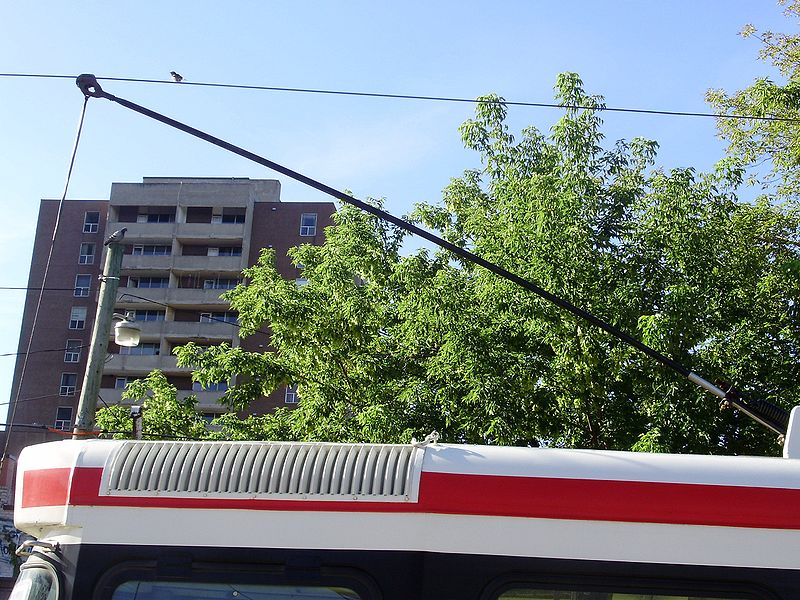LadyLightRail
New Member
Good Afternoon Everyone!...My name is Nia I'm new to this forum! I am so excited that you'll be expecting your 1st 100% low floor streetcar soon. I'm a true streetcar fan born and raised in Philadelphia where streetcars are still the workhorses of SEPTA. I'm especially interested in the LRVs due to the fact the SEPTA and TTC streetcars have similar operating characteristics. We here in Philadelphia will be watching closely to see how these cars will function once its under its own power. Are there any updates about the prototype or better yet the mock up that supposed to be unveiled? Have Bombardier released specs the of the LRVs yet? I have a thing for the technical stuff (guilty pleasure lol). I heard that the new LRVs will have pantographs already installed when delivered for eventual conversion! That will be a sight to see a 28 meter car operating with a trolley pole!!!
Thanks in advance
Thanks in advance







